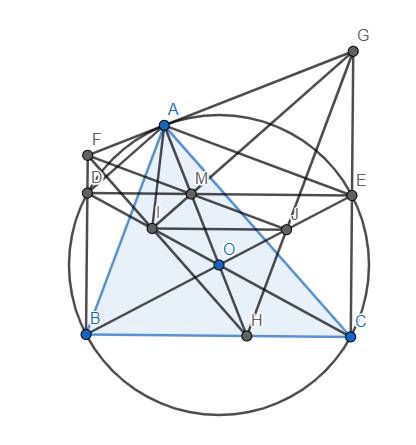Cho hai biểu thức:
A = \(\dfrac{\sqrt{x}-4}{\sqrt{x}+5}\) và B = \(\dfrac{\sqrt{x}+1}{\sqrt{x}-5}-\dfrac{8\sqrt{x}+20}{x-25}\) với \(x\ge0;x\ne25\)
c) Biểu thức B sau khi thu gọn được B = \(\dfrac{\sqrt{x}+3}{\sqrt{x}+5}\). Tìm các giá trị của x để M = \(\dfrac{A}{B}\) nhận giá trị nguyên lớn nhất


c,M = \(\dfrac{A}{B}\) = \(\dfrac{\sqrt{x}-4}{\sqrt{x}+5}\) : \(\dfrac{\sqrt{x}+3}{\sqrt{x}+5}\)
M = \(\dfrac{A}{B}\) = \(\dfrac{\sqrt{x}-4}{\sqrt{x}+5}\) \(\times\) \(\dfrac{\sqrt{x}+5}{\sqrt{x}+3}\)
M = \(\dfrac{A}{B}\) = \(\dfrac{\sqrt{x}-4}{\sqrt{x}+3}\) = \(\dfrac{\sqrt{x}+3-7}{\sqrt{x}+3}\)
M = 1 - \(\dfrac{7}{\sqrt{x}+3}\)
M \(\in\) Z ⇔ 7 ⋮ \(\sqrt{x}\) + 3 vì \(\sqrt{x}\) ≥ 0 ⇒ \(\sqrt{x}\) + 3 ≥ 3 ⇒ 0< \(\dfrac{7}{\sqrt{x}+3}\) ≤ \(\dfrac{7}{3}\)
⇒ M Đạt giá trị nguyên lớn nhất ⇔ \(\dfrac{7}{\sqrt{x}+3}\) đạt giá trị nguyên nhỏ nhất ⇔ \(\dfrac{7}{\sqrt{x}+3}\) = 1 ⇔ \(\sqrt{x}\) + 3 = 7 ⇔ \(\sqrt{x}\) = 4 ⇔ \(x\) = 16
Mnguyên(max) = 1 - 1 = 0 xảy ra khi \(x\) = 16